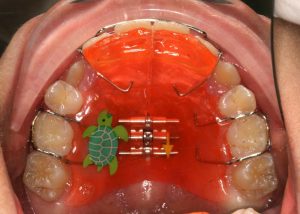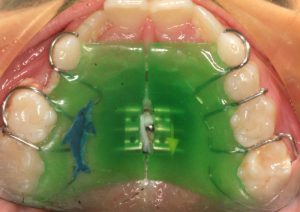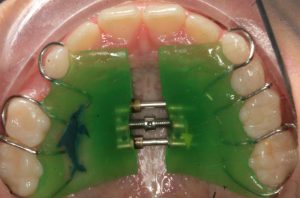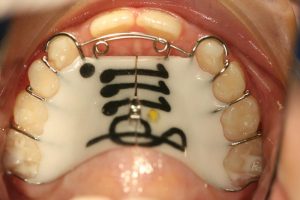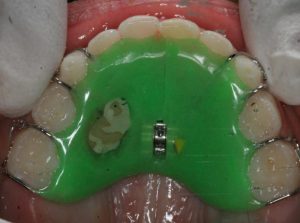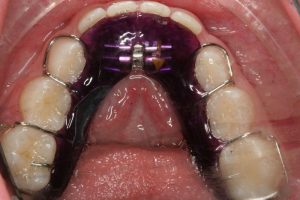Early Intervention
Extrapolating from the “functional” theory of jaw development as covered in the Principles, it is only natural that a FUNCTIONAL SOLUTION has to precede braces. Intervention should target the three fundamental growth principles, namely the VERTICAL (bite opening) THE HORIZONTAL (arch development) and the SAGITTAL (Forward growth).
Therefore, in order to address crowded teeth, which are just a symptom of a larger underlying dysfunction, the foundation has to be resolved first, through EARLY intervention during the ages of 6-10, or the period of maximum growth of a child.
By the age of 10, 80% of jaw growth has already occurred, and we have missed the early jaw orthopedics phase. Besides, after that age most of the primary teeth are already loose or lost, therefore removable appliances are very difficult to efficiently apply. Braces are still possible, but may take longer and may involve fixed expanders.
The order of priority for intervention is as follows:
AIRWAY PATENCY: Eliminate allergies, address or remove blockages (oversized tonsils, adenoids, deviated septums and nasal polyps). To read more about the damages caused by mouth-breathing, click here.
MYOFUNCTIONAL training for proper lip closure, developing the nose breathing habit, and programing the tongue to position correctly when swallowing. (see showcase ‘anterior open bite‘, to read more on tongue thrust, click here.)
ARCH DEVELOPMENT with appliances that allow the jawbones to grow and remodel faster to where nature (the genes) originally intended them to be. This creates the main foundation for all the teeth to fit and align properly.
FUNCTIONAL JAW ORTHOPEDICS involves special appliances, which cause changes in jaw growth and development by modifying their pattern of function. These appliances work best during the rapid growth phase of a child before and during adolescence, before (and sometimes during) braces are applied.
Most cases that involve crowded teeth have a constricted jaw (or dental arch) and an over-closed bite. The first is a HORIZONTAL discrepancy, and the latter a VERTICAL one. They are usually interconnected. If one attempts to align teeth without addressing these dimensions, the teeth will crowd again in the future and cause a relapse. The lower dental arch ideally fits within the upper arch. If there is crowding or upper arch constriction, it will invariably show up in the lower incisors, as they crowd in order to fit under the smaller upper arch. After braces, a deep bite always tends to deepen as one ages.
Continue to Orthopedic Bite Opening…
